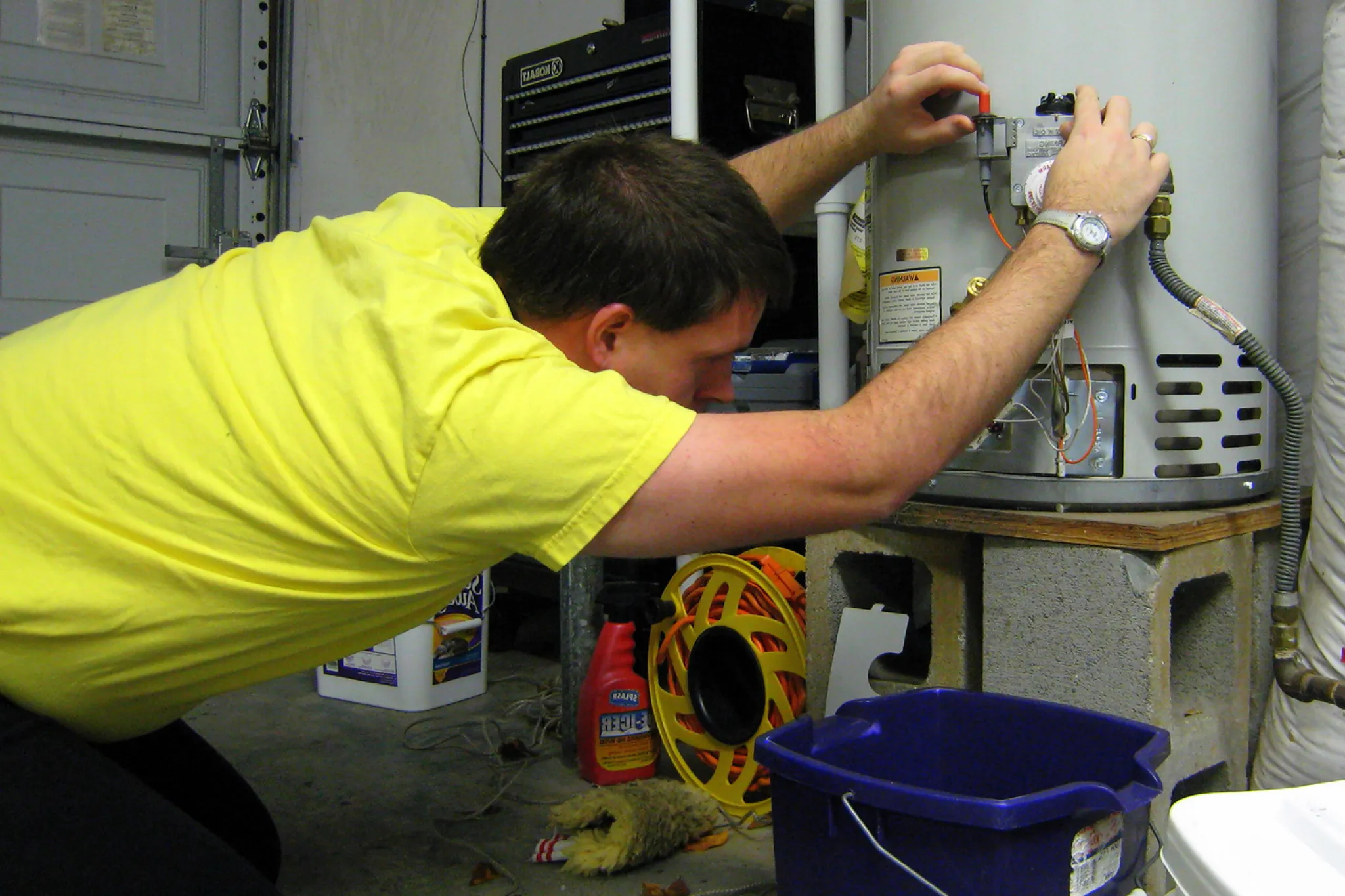What are your beliefs about Water Heater Maintenance Tips You Can't Afford to Forget?

Hot water is crucial for everyday comfort, whether it's for a revitalizing shower or washing dishes. To guarantee your hot water system runs effectively and lasts much longer, routine maintenance is key. This short article gives functional tips and understandings on how to preserve your home's warm water system to avoid disruptions and expensive fixings.
Introduction
Preserving your home's warm water system might seem daunting, but with a couple of basic actions, you can ensure it operates efficiently for several years ahead. This overview covers every little thing from comprehending your hot water system to DIY upkeep suggestions and understanding when to contact specialist aid.
Relevance of Keeping Your Hot Water System
Normal upkeep not just extends the lifespan of your hot water system however also guarantees it runs efficiently. Ignoring upkeep can lead to decreased effectiveness, higher energy expenses, and also early failure of the system.
Signs Your Hot Water System Requirements Maintenance
Understanding when your warm water system requires interest can protect against significant issues. Look out for signs such as inconsistent water temperature level, strange noises from the heater, or rustic water.
Flushing the Water Heater
Flushing your water heater removes debris build-up, enhancing effectiveness and extending its life.
Checking and Replacing Anode Rods
Anode rods prevent deterioration inside the container. Examining and replacing them when worn out is crucial.
Facility Concerns Needing Expert Help
Instances consist of major leaks, electric troubles, or if your water heater is regularly underperforming.
Routine Professional Maintenance Conveniences
Expert maintenance can include detailed examinations, tune-ups, and making sure conformity with security standards.
Evaluating and Readjusting Temperature Setups
Readjusting the temperature settings makes certain ideal performance and safety and security.
Do It Yourself Tips for Maintenance
You can execute a number of maintenance tasks on your own to keep your warm water system in top problem.
Looking for Leaks
Consistently evaluate pipelines and links for leakages, as these can bring about water damages and higher bills.
Understanding Your Warm Water System
Prior to diving into maintenance tasks, it's handy to understand the standard components of your warm water system. Usually, this consists of the water heater itself, pipelines, anode poles, and temperature controls.
Month-to-month Maintenance Tasks
Normal regular monthly checks can help capture minor problems before they rise.
Evaluating Pressure Alleviation Valves
Testing the pressure safety valve ensures it operates properly and protects against excessive stress buildup.
Protecting Pipelines
Insulating warm water pipes minimizes heat loss and can save power.
When to Call a Professional
While DIY upkeep is useful, some concerns require expert proficiency.
Final thought
Normal maintenance of your home's hot water system is essential for effectiveness, durability, and price savings. By complying with these ideas and knowing when to seek expert help, you can make sure a reliable supply of hot water without unforeseen disturbances.
Water Heater Maintenance Tips
Test the TPR Valve
Shut off the power and the cold-water supply valve. Place a bucket under the pipe connected to the temperature-pressure-release (TPR) valve on the top or side of the tank. (This valve opens if the tank pressure gets too high.) Lift the valve’s tab to let some water out, then let go. If water keeps flowing, drain the tank partway, unscrew the old valve with a pipe wrench, and install a new one. Check the Anode Rod
Put a hose to the tank’s drain cock and let out a few gallons of water. Now fit a 1 1/16-inch socket onto the rod’s hex head on top of the heater (or under its top plate) and unscrew the rod. If it’s less than ½ inch thick or coated with calcium, buy a new one, wrap its threads with Teflon tape, put it back in the tank, and tighten securely. Use this segmented rod if headroom above the tank is limited. Drain the Tank and Wash Out Sediment
Drain the remaining water in the tank into the bucket, then stir up the sediment on the tank’s bottom by briefly opening the cold-water supply valve. Drain and repeat until clean water comes out of the hose. Close the drain cock, refill the tank, and turn its power back on. Adjust the Temperature
Find the temperature dial on the side of the tank and unscrew its cover. Adjust the dial to 120 degrees using a flathead screwdriver. For every 10 degrees the temperature is lowered, you can expect to save up to 5 percent in energy costs. Turn the water heater off or the thermostat down to its lowest setting if you plan to be away from home for more than three days. Insulate the Pipes
Buy some self-sticking 3/8-inch-thick foam pipe insulation that matches the pipes’ diameter. Slide the foam over the hot-and cold-water pipes as far as you can reach. Insulating the cold-water pipe prevents condensation in summer. Peel the tape and squeeze the insulation closed. If the pipe is 6 inches or less from the flue, cover it with 1-inch-thick unfaced fiberglass pipe wrap. https://www.thisoldhouse.com/plumbing/21016402/how-to-maintain-a-water-heater

I'm just very interested in Tips on Maintaining a Water Heater and I really hope you enjoyed reading our blog posting. Enjoyed reading our write-up? Please share it. Let other people discover it. Thanks a lot for your time. Return soon.
Schedule Appointment Now